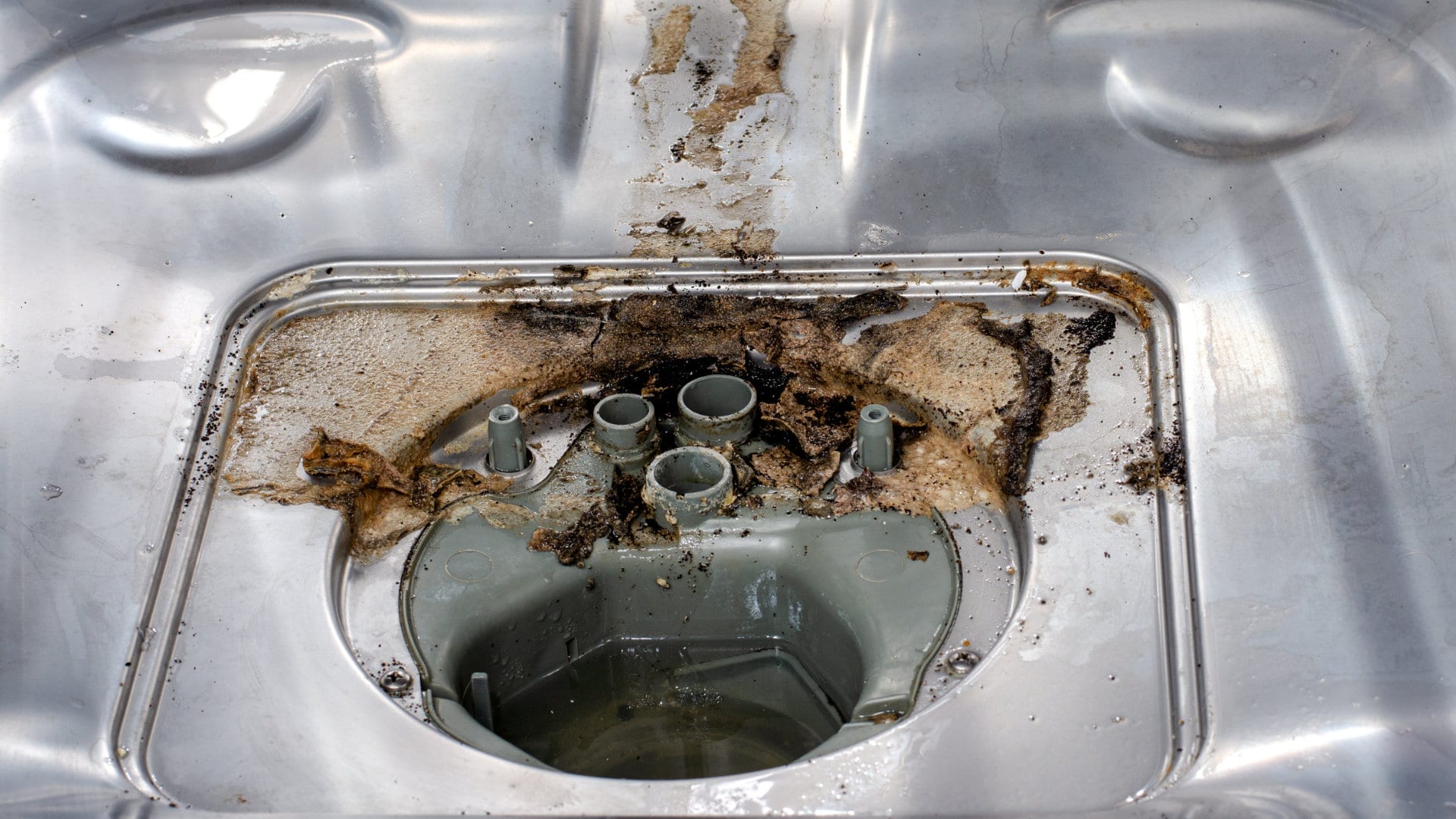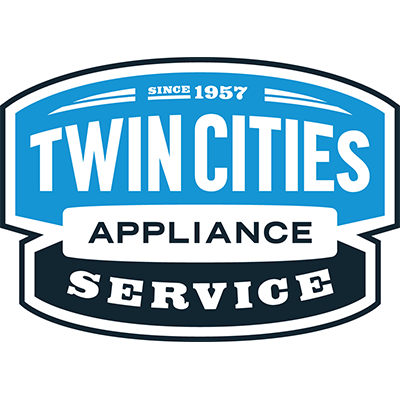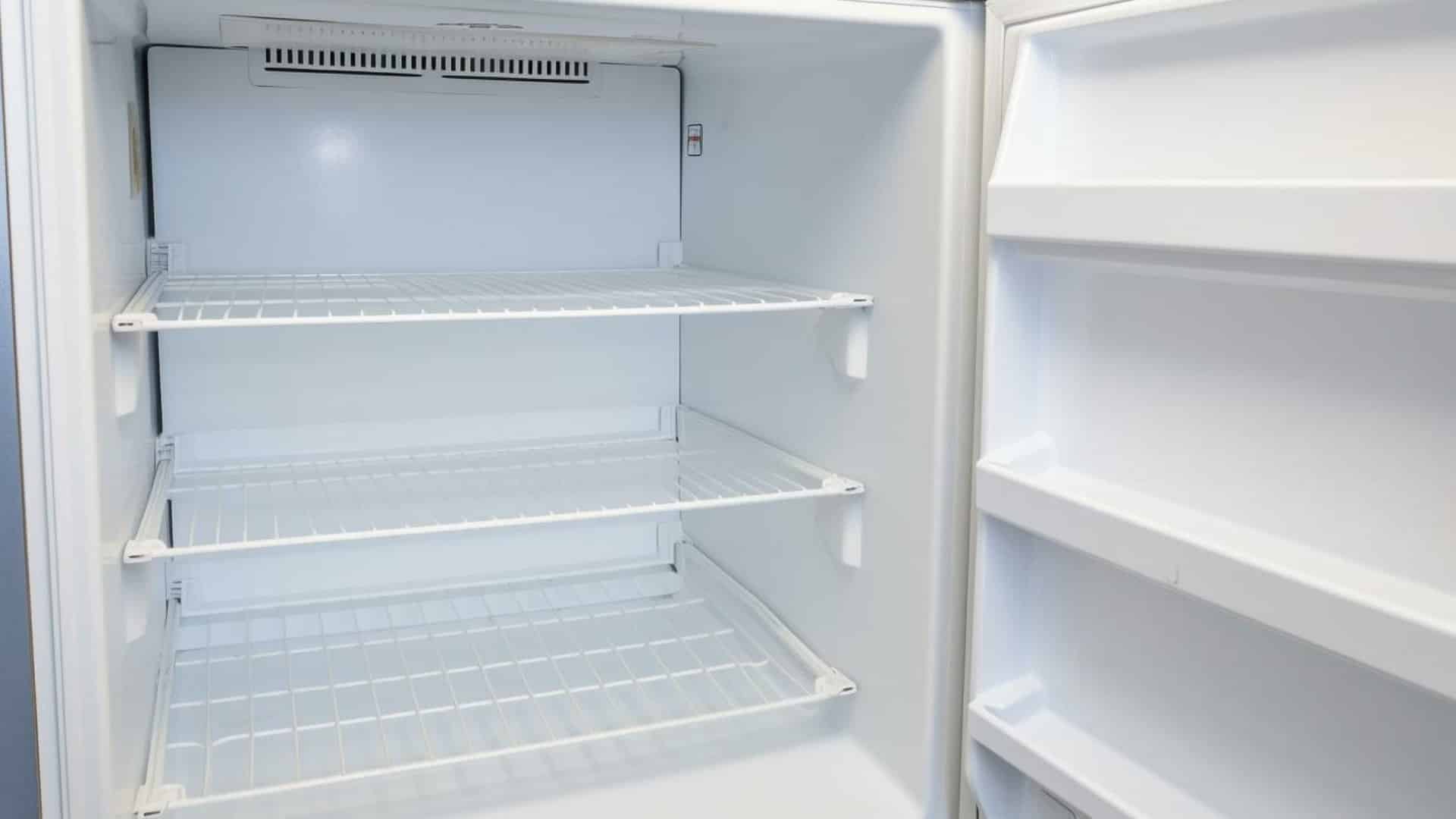
A freezer door that isn’t shutting as tightly as it used to may not seem like a huge problem, but it can have a lot of irritating effects! It can let warm air into your freezer while cold air escapes, which can lead to food spoilage. Not only that, it can also contribute to frost buildup in your freezer, as well as higher energy bills. To top it all off, your freezer will have to work harder to maintain the correct temperature, leading to excessive wear and tear and shortening of your freezer’s lifespan.
If you’ve noticed an issue with your freezer door, don’t ignore it! Fixing a poorly sealed freezer door is a relatively easy DIY task that even a novice can manage. Read on to find out how!
Importance of a Good Freezer Seal
A good seal on a freezer door is an essential part of temperature maintenance. The seal, or gasket, is the part that ensures that the door closes tightly without any cracks or gaps. This stops warm air from getting into your freezer and cold air from getting out, meaning your food stays frozen at the correct temperature. When the seal is faulty, warm air and moisture can get inside, causing frost buildup and thawing your food. This can also cause your freezer to work harder, use more electricity, and make more noise.
What Can Cause a Bad Seal?
Age and Wear of Seal
Just like any other appliance part, the seal on your freezer can wear out over time and repeated use. This reduces its ability to create a tight seal, letting unwanted warm air into the freezer’s interior. To check if this is your issue, carefully inspect the gasket. If you notice it is cracked or loose, then it will need replacing. You can also test its effectiveness by shutting a piece of paper in the freezer door and ensuring it provides resistance when you try to pull it out.
To replace your gasket:
- First, make sure the seal is not simply dirty! Mildew and other types of grime can affect the seal, so thoroughly clean it with a mild detergent solution and then check to see if the door is sealing properly.
- If you determine there is a fault with the gasket, order a replacement part online, ensuring it is compatible with the make and model of your freezer.
- Remove the old gasket according to manufacturer instructions, then put the new one in its place.
- Regularly clean the new gasket to ensure it stays effective.
Freezer Not Level
If your freezer is not level, it can prevent the seal from connecting properly, which allows warm air to get through the seal and into the freezer. To fix:
- Use a level to check that your freezer is properly leveled.
- If not, adjust the feet and keep checking until the level shows it is perfectly flat.
- Check to see if the seal issue has been resolved.
Accumulation of Ice
If your freezer has ice or frost buildup, it can partially block the seal and prevent it from connecting. This in turn will lead to more ice buildup, as an improper seal will let humid air in. Modern freezers should automatically defrost, but if your defrost settings are faulty or if some other issue has caused high moisture levels in your freezer, frost buildup can occur. Here’s what to do:
- Remove everything from your freezer and unplug it from the power.
- Use a hairdryer on a low or medium setting to melt all frost and ice in the freezer’s interior.
- Dry the interior thoroughly, including the gaskets.
- Place the food back in your freezer and check to see if the door is sealing properly.
- Try to find out what caused the frost buildup in the first place. This can be caused by a freezer temperature that is too high, faulty defrost settings, or putting hot items in the freezer without waiting for them to reach room temperature.
Heavy Items Placed in the Door
Regularly putting heavy items in your freezer door can put a strain on the hinges, causing the door to sag downwards. This can cause the seals to become misaligned, preventing them from making a tight seal. This is an easy fix—just ensure heavy items like ice cream and heavy items such as frozen meat are placed on the freezer shelves, and keep lighter things such as frozen vegetables in the door. If you find the seal issue persists after removing the heavy items, there could be some damage to the hinge. Read our next section to find out what to do!
Issues with Hinges
A problem with the freezer hinges can cause the door to become misaligned, preventing it from creating a tight seal. This issue will be relatively obvious—you’ll notice that the freezer door is hanging at a slight angle instead of being straight. If you’re not sure, try testing the top of the door with a level to see if it’s at the same angle as the freezer unit. If you determine the door is not level, here’s what to do:
- Inspect the hinges to see if they are loose. If there are screws that appear to be loose, tighten them. This will only be applicable to certain models of freezers—check your manual to find out how your hinges work.
- If the hinges appear to be damaged, they’ll need to be replaced. Order replacement parts, making sure they are compatible with the make and model of your freezer.
- Refer to your user’s manual and remove the faulty hinges. Put the replacement hinges in place. Check the freezer door with a level to ensure it is hanging straight.

Freezer Door Not Sealing? Here’s Why

Can You Microwave Styrofoam?
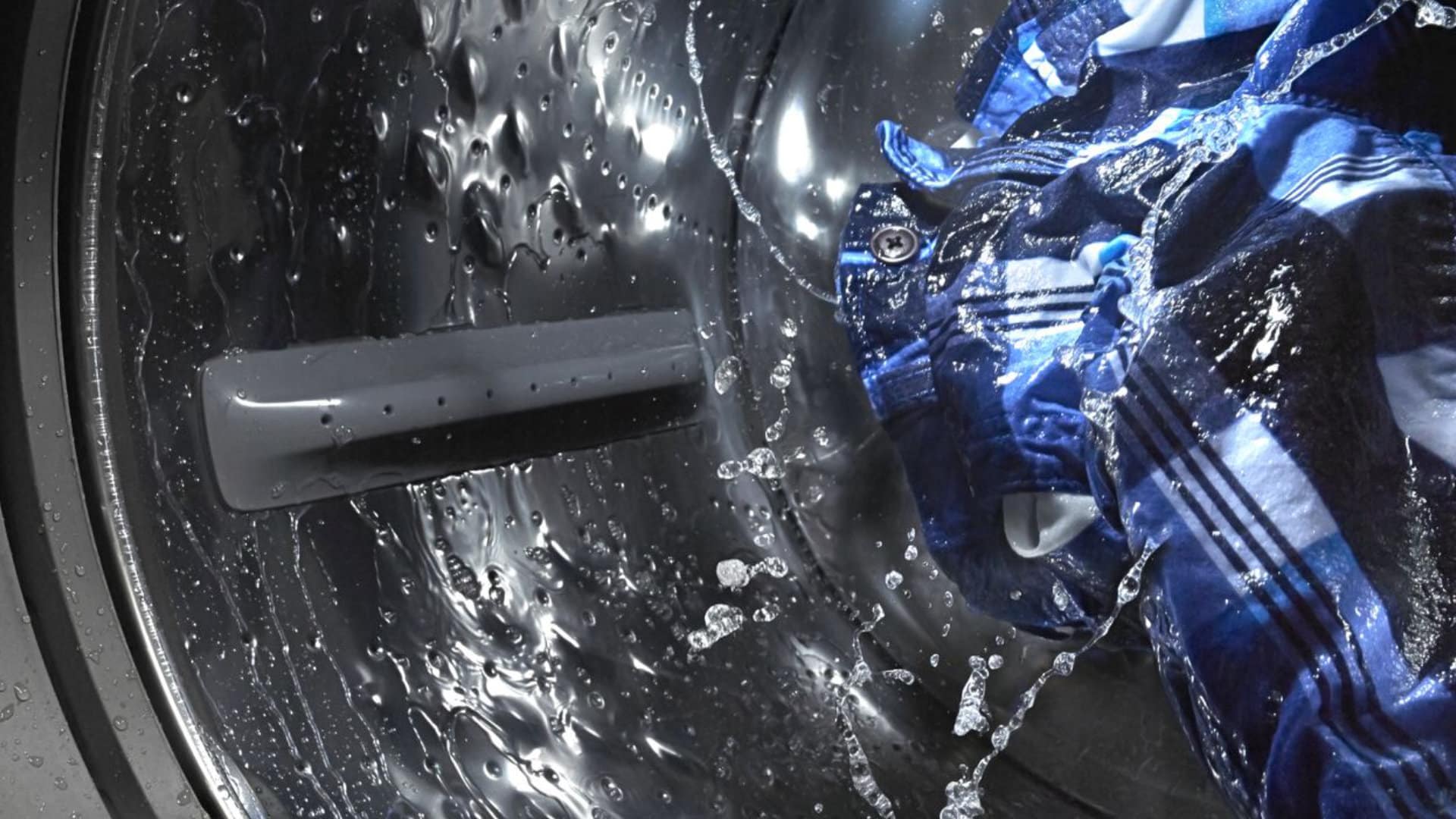
How to Fix the Whirlpool Washer F5 E3 Error Code
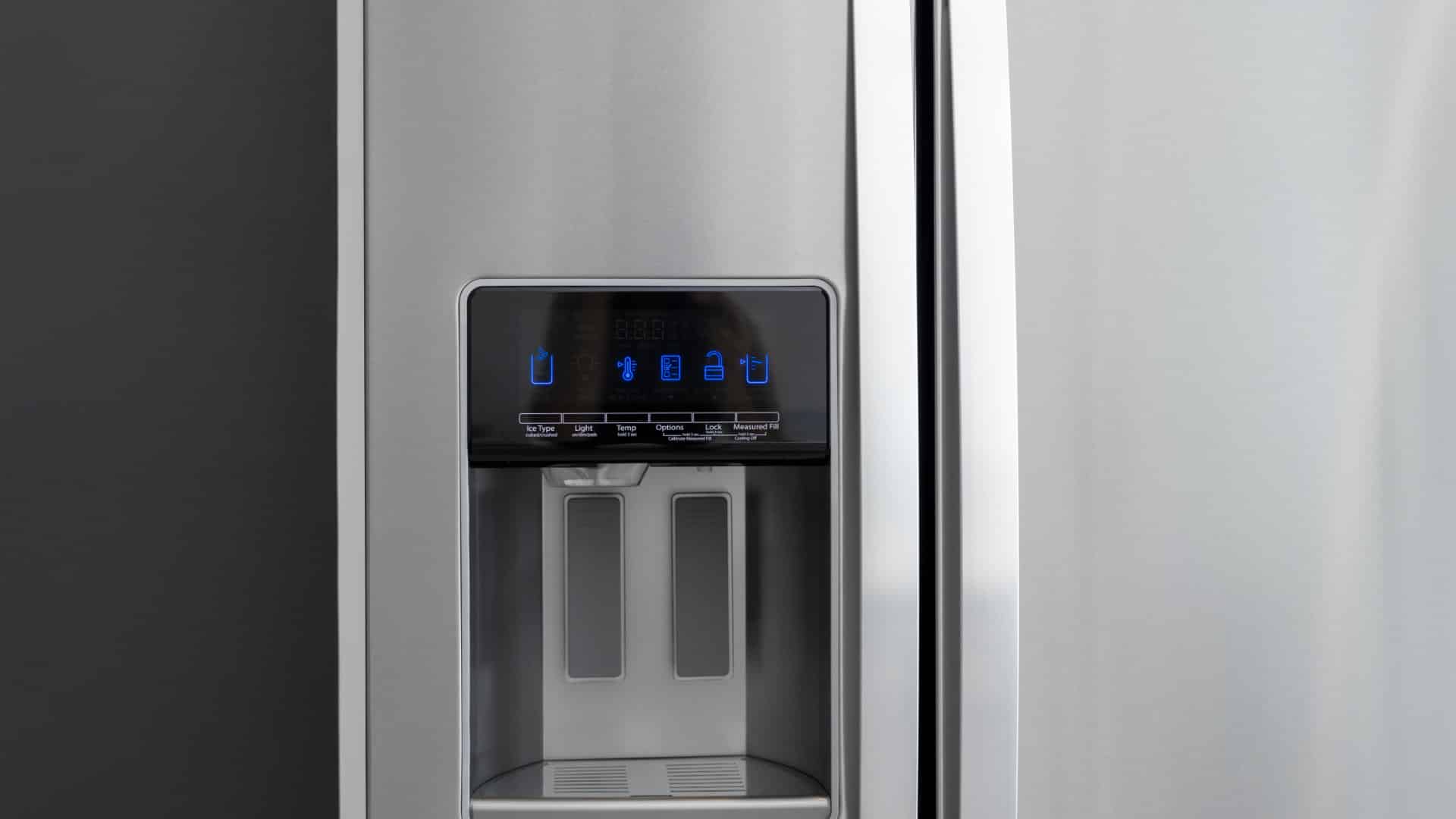
10 Steps to Clean Your Fridge Water Dispenser
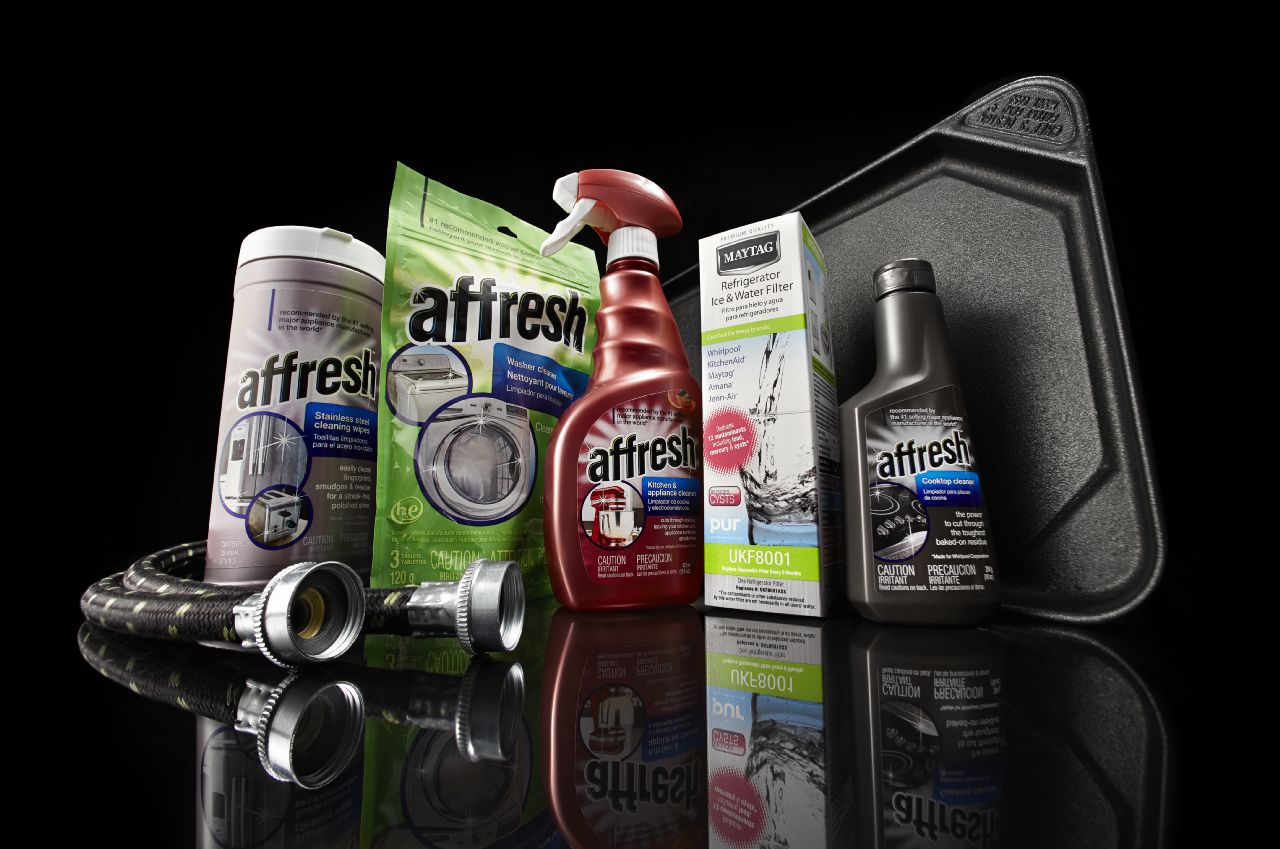
How to Replace a Whirlpool Refrigerator Water Filter
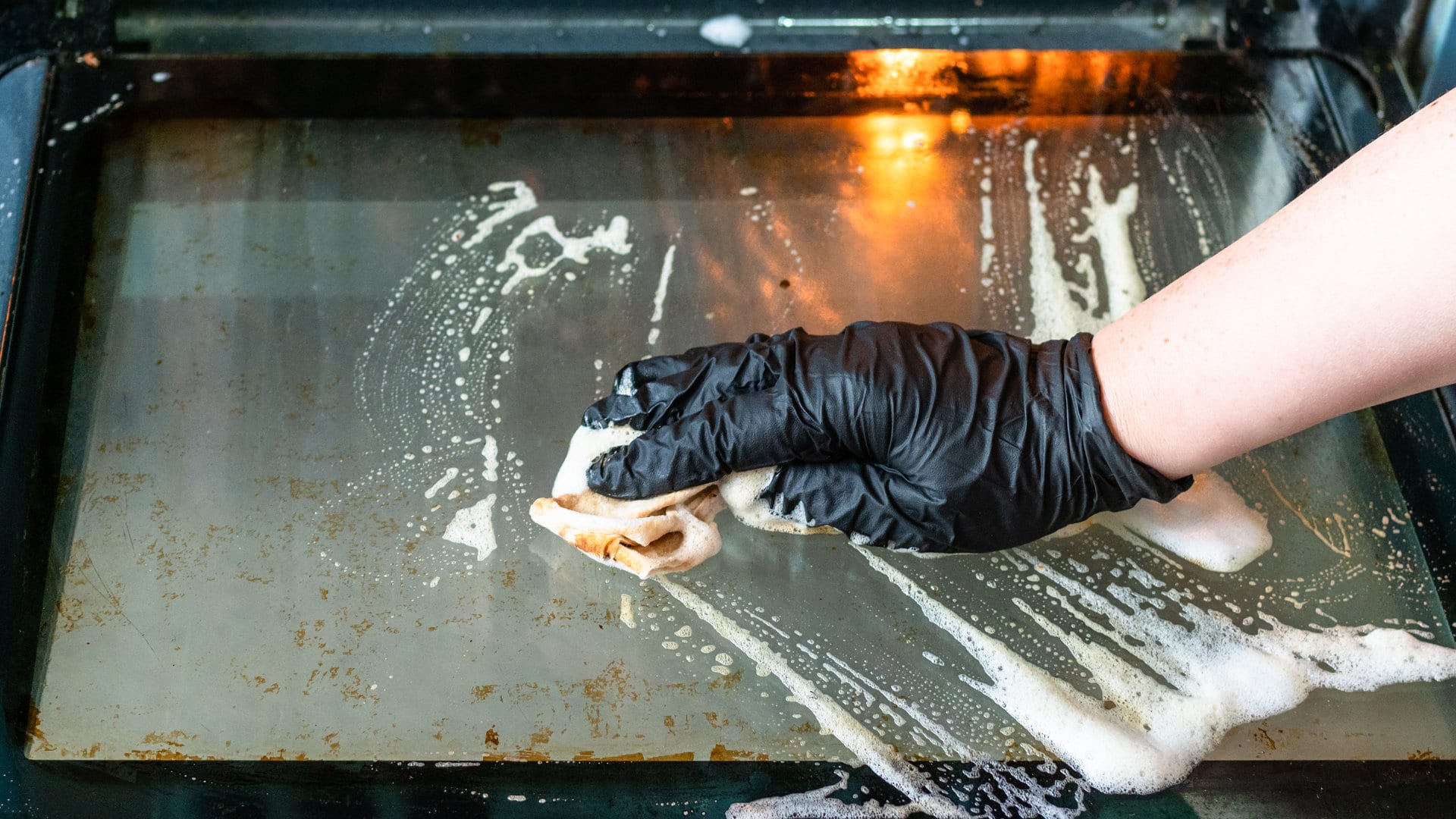
How to Clean an Oven Glass Door (3 Easy Methods)
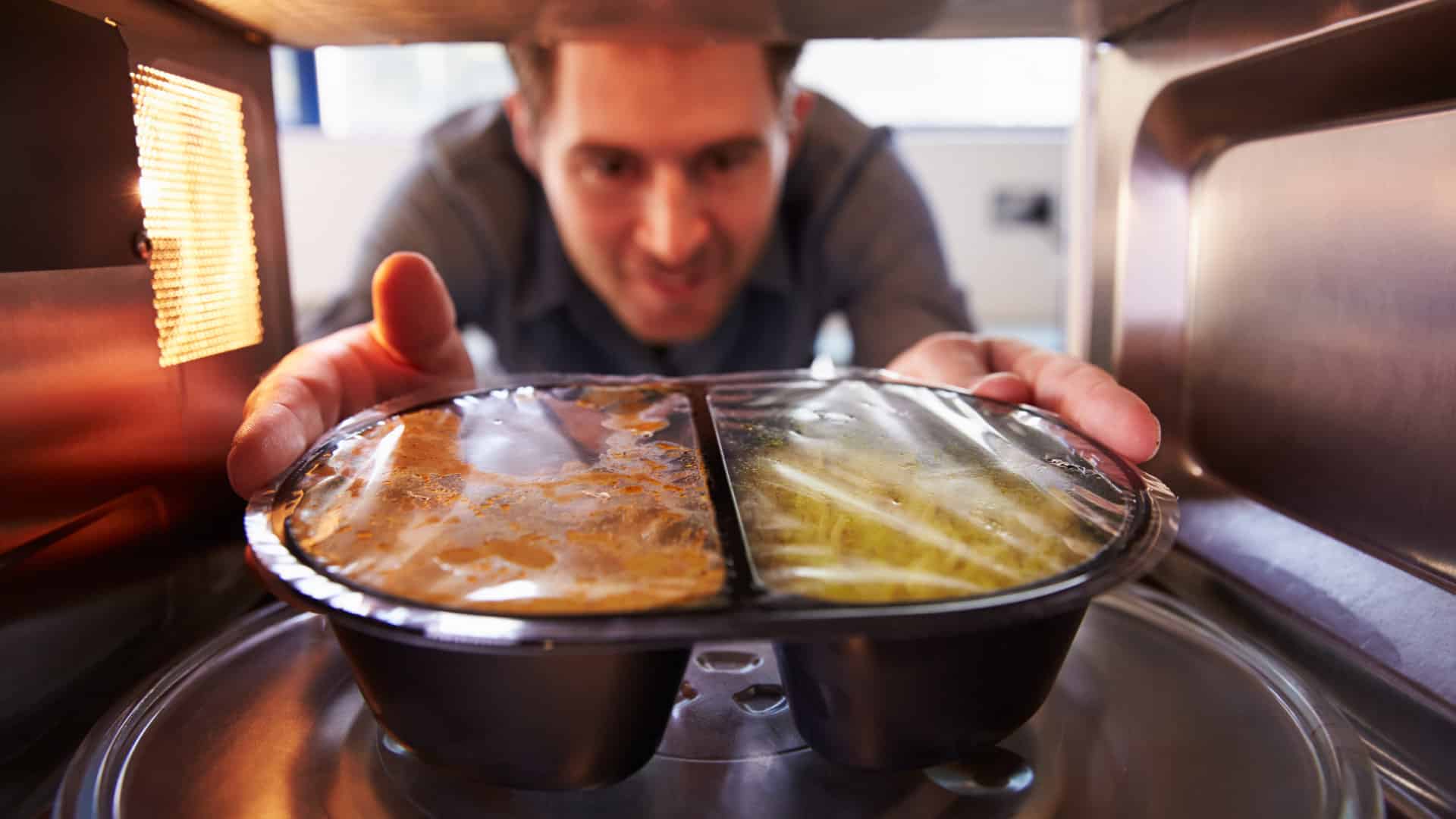
Why Your Microwave Plate Is Not Spinning
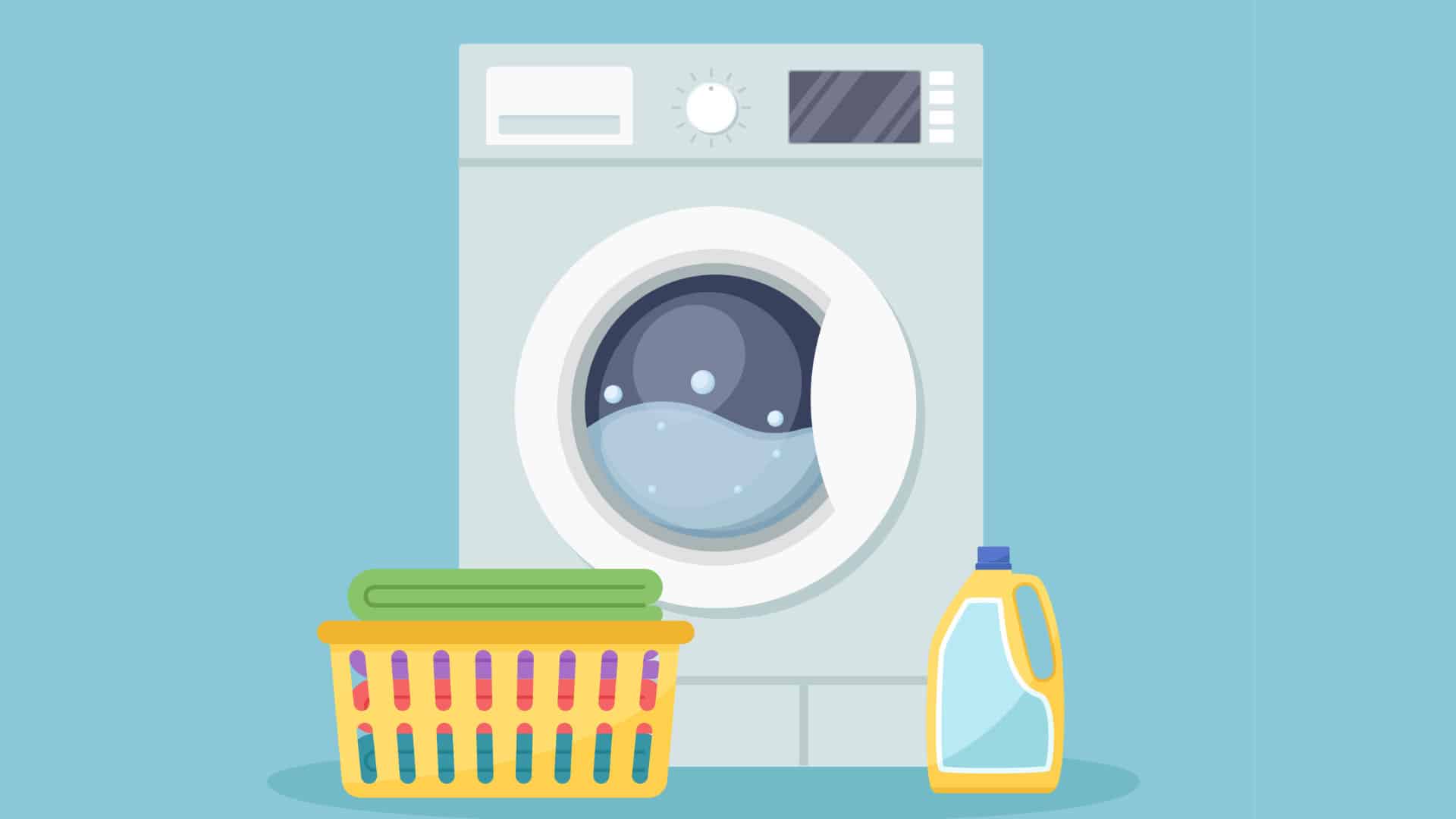
Washer Spin Cycle Not Working? Here’s Why
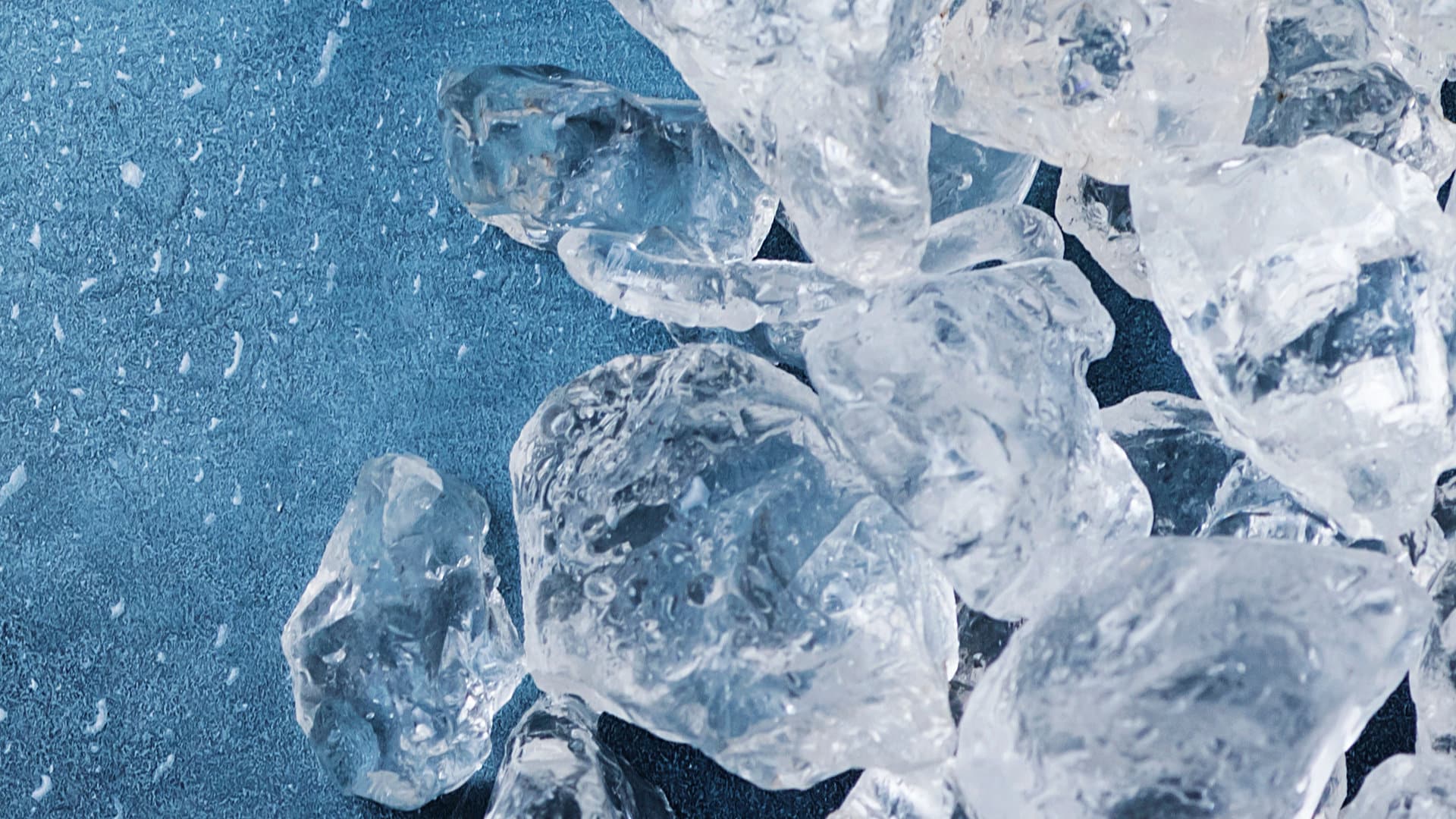
How to Fix a Slow Ice Maker
